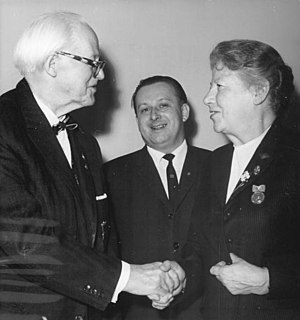 W
WLilly Becher was a German writer, journalist, and communist activist.
 W
WWilliam Craig was an American academic and philosopher, who taught at the University of California, Berkeley, in Berkeley, California. His research interests included mathematical logic, and the philosophy of science, and he is best known for the Craig interpolation theorem.
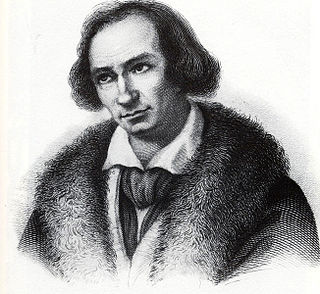 W
WGeorg Friedrich Daumer was a German poet and philosopher. He was educated at the gymnasium of his native city, at that time directed by the famous philosopher Hegel. In 1817 he entered the University of Erlangen as a student of theology, but abandoned that study for philosophy. For a number of years Daumer was professor at the gymnasium of Nuremberg; owing to ill-health he was pensioned in 1832 and henceforth devoted himself entirely to literary work. While at Erlangen he came strongly under the influence of Pietism. Soon, however, he became sceptical and exhibited decided leanings towards pantheism. From an orthodox Protestant he gradually became a bitter enemy of Christianity, which he attacked in a number of writings and for which he strove to substitute a new religion "of love and peace", formulated in his work Religion des neuen Weltalters. Karl Marx and Frederick Engels joined in writing a critical review of Daumer's Die Religion des Neuen Weltalters in January through February 1850 which was published in the Neue Rheinische Zeitung: Politisch-Ökonomische Revue. Marx and Engels criticized Daumer's theory of history from class point of view. Instead of a struggle between economic classes in society, Daumer saw only a struggle between "coarseness" and "culture."
 W
WAugust Engelhardt was a German author and founder of a sect of sun worshipers.
 W
WChristian Enzensberger was a German Professor of English studies, author and a translator of English literature into German language.
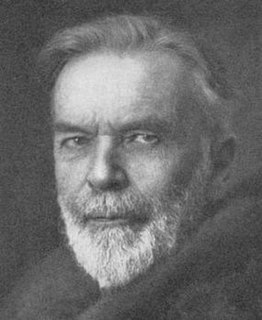 W
WWilhelm Ludwig Geiger was a German Orientalist in the fields of Indo-Iranian languages and the history of Iran and Sri Lanka. He was known as a specialist in Pali, Sinhala language and the Dhivehi language of the Maldives. He is especially known for his work on the Sri Lankan chronicles Mahāvaṃsa and Cūlavaṃsa of which he made critical editions of the Pali text and English translations with the help of assistant translators.
 W
WClaire Goll was a German-French writer and journalist; she married the poet Yvan Goll in 1921.
 W
WBertita Harding was a royal German biographer with an easy and sometimes humorous style that made her a popular author.
 W
WGeorg Philipp Harsdörffer was a Baroque-period German poet and translator.
 W
WSebald Heyden was a German musicologist, cantor, theologian, hymn-writer and religious poet. He is perhaps best known for his De arte canendi which is considered to have had a major impact on scholarship and the teaching of singing to young boys. It has been speculated that Heyden was the world's first true musicologist.
 W
WRobert Ludwig Kahn was a German-American Jewish scholar of German studies and poet. At the time of his death, he was professor of German at Rice University.
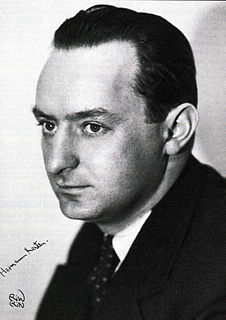 W
WHermann Kesten was a German novelist and dramatist. He was one of the principal literary figures of the New Objectivity movement in 1920s Germany.
 W
WChristoph Gottlieb von Murr was a polymathic German scholar, based in Nuremberg. He was a historian and magistrate. He edited and contributed to significant cultural and scientific journals. A notable naturalist von Murr was a Member of the Gesellschaft Naturforschender Freunde zu Berlin and the Bayerische Akademie der Wissenschaften. He was also an art historian ,the author of the first bibliography of books on painting, sculpture, and engraving. He published extensively on illuminated manuscripts, early printed books, the history of libraries, the history of the Jesuit missions, the history of the Jews in China, Arabic and Chinese literature. Familiar with most of the European languages, he was an active correspondent with many of the most distinguished scholars of the period. He had a vast library.
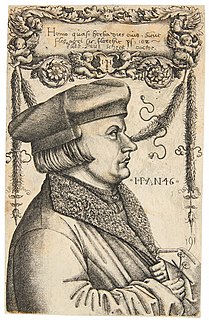 W
WJohannes (Josef) Pfefferkorn (1469–1523) was a German Catholic theologian and writer who converted from Judaism. Pfefferkorn actively preached against the Jews and attempted to destroy copies of the Talmud, and engaged in a long running pamphleteering battle with humanist Johann Reuchlin.
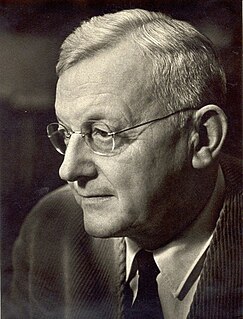 W
WGerhard von Rad was a German academic, Old Testament scholar, Lutheran theologian, exegete and University of Heidelberg professor.
 W
WHartmann Schedel was a German historian, physician, humanist, and one of the first cartographers to use the printing press. He was born and died in Nuremberg. Matheolus Perusinus served as his tutor.
 W
WChristoph Scheurl or von Scheurl was a German jurist, diplomat and humanist who became famous for arranging a humanistic friendship between Johann Eck and Martin Luther.
 W
WTimur Vermes is a German writer. Previously a ghostwriter, his first novel Look Who's Back, which has sold over a million copies in Germany, is a satire about Adolf Hitler and 21st-century Germany. The English version, Look Who's Back, was translated by Jamie Bulloch and published by MacLehose Press in April 2014. The paperback was released in March 2015.
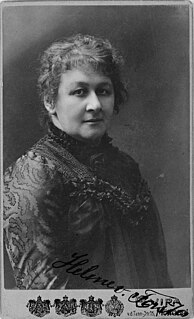 W
WHelene von Forster was a German women's rights activist and author. She is considered the most important representative of the feminist movement's moderate "bourgeois" wing in Nuremberg.
 W
WJohann Christoph Wagenseil was a German historian, Orientalist, jurist and Christian Hebraist.
 W
WJohann Andreas Wagner was a German palaeontologist, zoologist and archaeologist who wrote several important works on palaeontology.